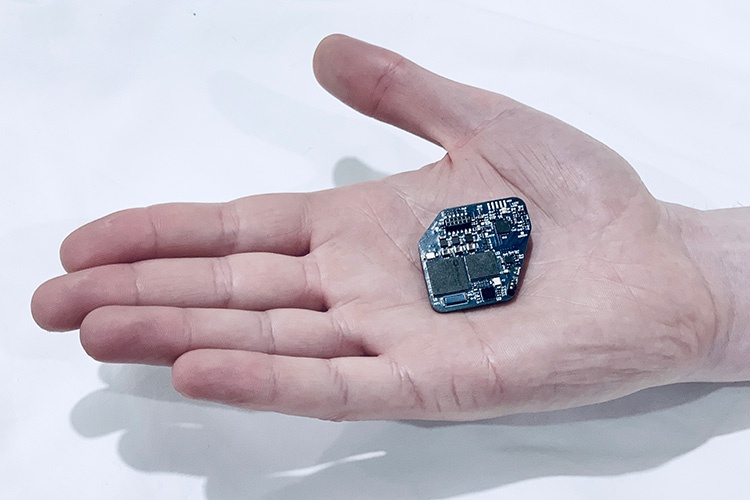
Developed by engineers from the University of California, Berkeley, a new neurostimulator can precisely deliver treatments to patients with diseases like Parkinson’s and epilepsy. The device is unique in that it can receive and stimulate electric currents in the brain simultaneously, offering new treatment possibilities.
Named the wireless artifact-free neuromodulation device (WAND), this device functions as a pacemaker for the brain, monitoring electrical impulses of nerves while simultaneously delivering electrical impulses when abnormalities are detected.
Neurostimulators are very efficient in preventing tremors and seizures that are often debilitating in patients with several neuropathies. What makes it particularly challenging for them to do so, however, is that the electric impulses that signal tremors and seizures are often very miniscule, making them difficult to detect. The magnitude of electrical impulse needed to prevent these symptoms is also very sensitive, making it difficult to balance the two. It often takes doctors years to make the small adjustments needed to optimize the neurostimulation treatment.
WAND is a groundbreaking device being that it is not only wireless but autonomous as well, meaning that it learns to recognize signals of seizures and tremors and self-adjusts electrical impulses to prevent unwarranted movements. As a closed-loop device that records and stimulates the brain in concert, WAND can adjust these parameters in real time.
READ MORE: Cannabis-Derived Drug Approved by FDA for Epilepsy Treatment
“The process of finding the right therapy for a patient is extremely costly and can take years. Significant reduction in both cost and duration can potentially lead to greatly improved outcomes and accessibility,” said Rikky Muller, who is an assistant professor of electrical engineering and computer sciences at Berkeley. “We want to enable the device to figure out what is the best way to stimulate for a given patient to give the best outcomes. And you can only do that by listening and recording the neural signatures.”

Other closed-loop devices can record electrical activity from 8 points in the brain, whereas WAND can record from a staggering 128 points. The Berkeley team used WAND to analyze and delay unique arm movements in rhesus macaques to demonstrate the device’s efficacy. The study describing this non-human primate study was recently published in Nature Biomedical Engineering.
Neurostimulators currently offered typically stop recording while delivering electrical impulses, or record points of the brain separate from the area the stimulation is being directed. These devices are tuned to pick up signals from smaller brain waves, and are often overwhelmed by large stimulation pulses. The researchers emphasize the importance of creating a closed-loop device that records brain activity and delivers stimulation to the same area simultaneously.
“In order to deliver closed-loop stimulation-based therapies, which is a big goal for people treating Parkinson’s and epilepsy and a variety of neurological disorders, it is very important to both perform neural recordings and stimulation simultaneously, which currently no single commercial device does,” said Samantha Santacruz, assistant professor at the University of Texas in Austin.
Researcher Rikky Muller says the team hopes to incorporate stronger learning aspects of the device, allowing it to “figure out” the best course of personalized treatment and “remove the doctor from having to constantly intervene in this process.”
Source: EurekAlert, Nature Biomedical Engineering, UC Berkeley







 © 2025 Mashup Media, LLC, a Formedics Property. All Rights Reserved.
© 2025 Mashup Media, LLC, a Formedics Property. All Rights Reserved.